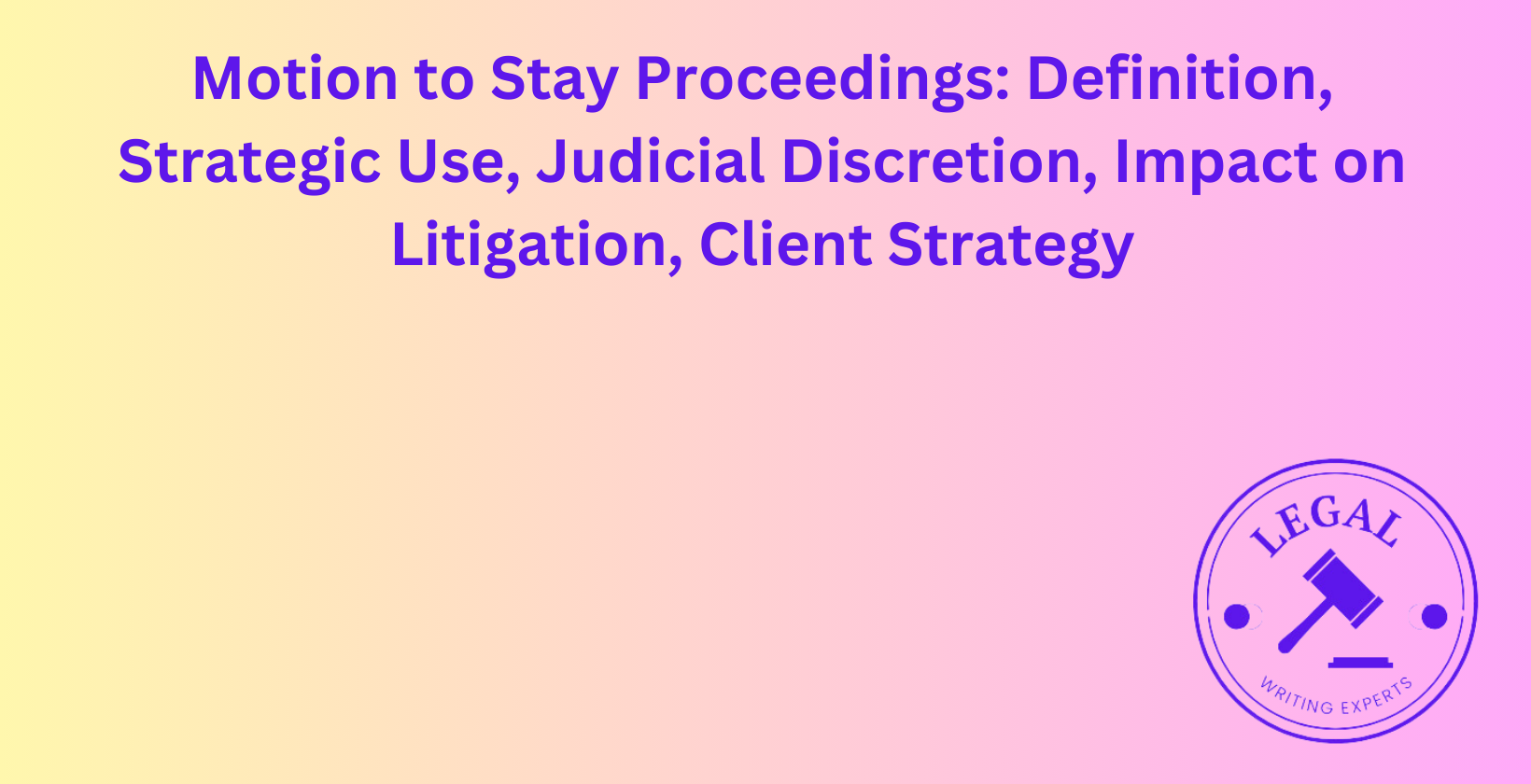Types of Legal Stays and Their Applications
Legal stays come in various forms, each serving specific purposes within the judicial system. Automatic stays, commonly seen in bankruptcy proceedings, take effect immediately upon filing and provide broad protection from creditor actions. These stays prevent foreclosures, repossessions, and collection activities, giving debtors breathing room to reorganize their finances.
Discretionary stays, on the other hand, require judicial approval and are granted based on specific criteria and circumstances. Courts consider factors such as the likelihood of success on appeal, potential irreparable harm, and the balance of hardships between parties when deciding whether to grant these stays.
Temporary restraining orders and preliminary injunctions also function as types of stays, preventing specific actions while legal matters are resolved. These emergency measures protect parties from immediate harm and preserve the status quo during litigation.




